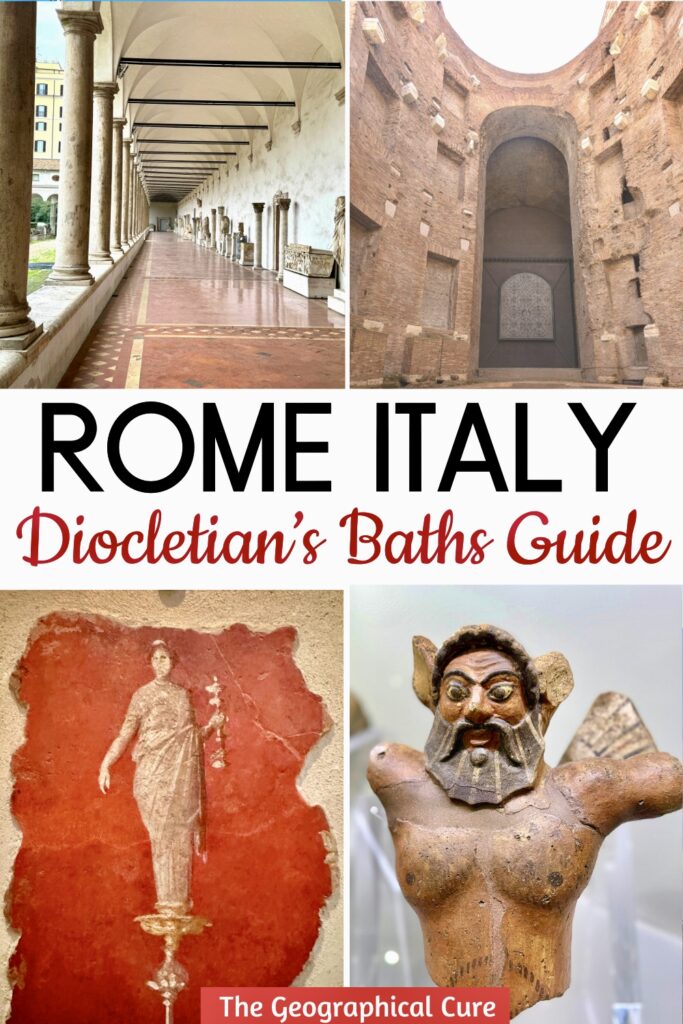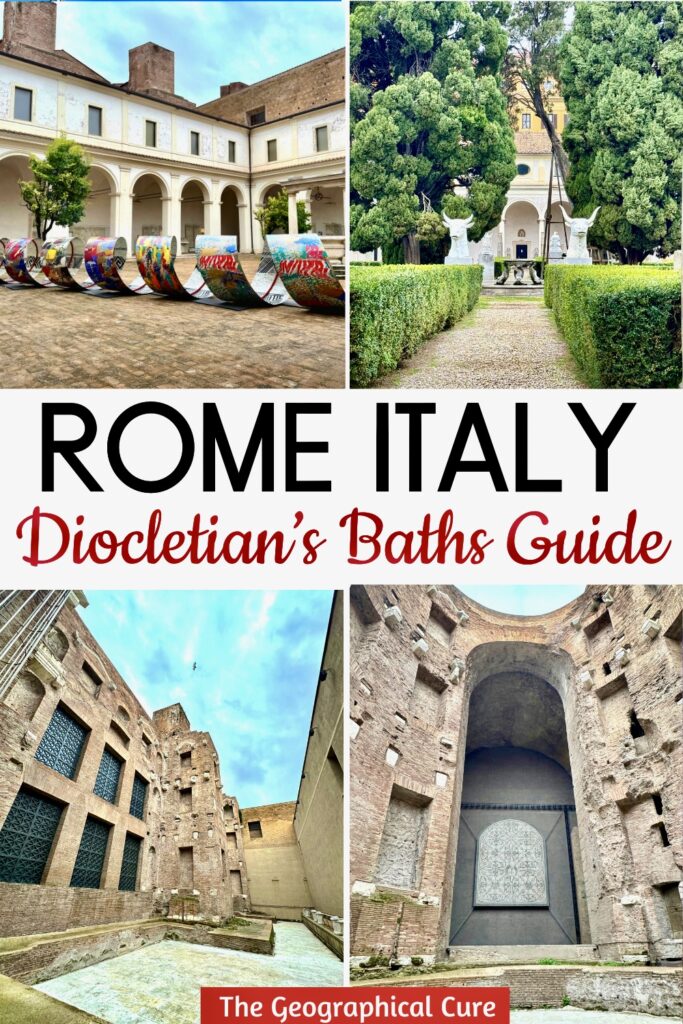Of all the marvelous architecture built by ancient Romans, the city’s baths were among the grandest. Inaugurated in 306 AD, Diocletian’s Baths was the granddaddy of them all.
It was once the largest public bathing complex in Rome, sprawling over 30 acres. The baths were meant to surpass the Baths of Caracalla and could accommodate up to 3,000 citizens.
They were so well built that much of the complex’s outer structure still remains.
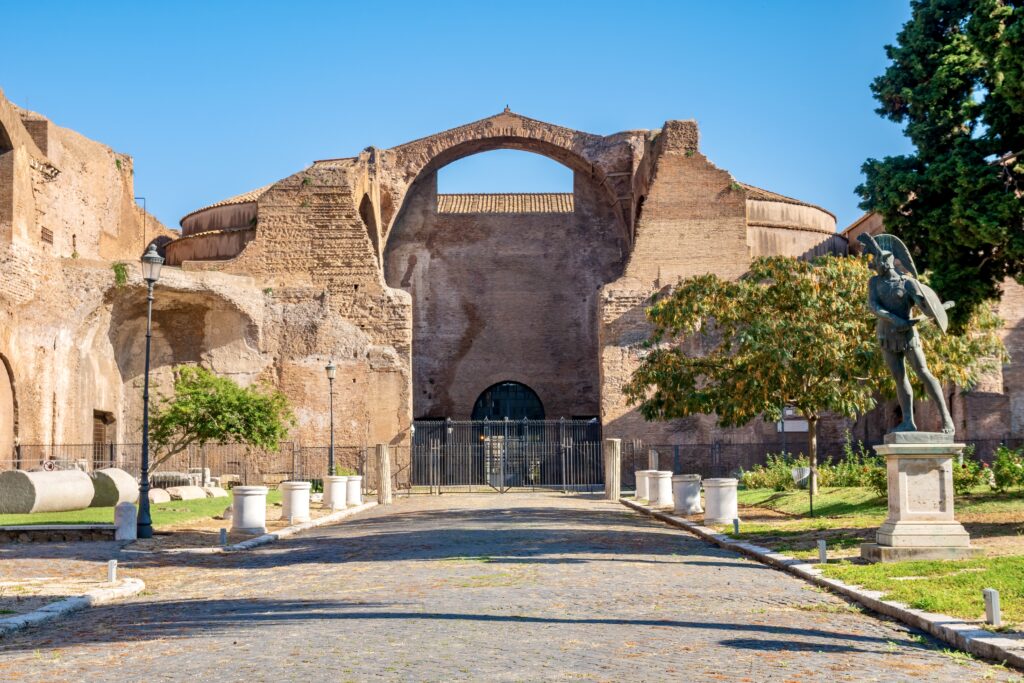
This guide dives into everything you need to know about visiting the Baths of Diocletian, from its history to the must see exhibits.
Here’s a snapshot of what you can see on a visit:
- ruins of the baths
- museums exhibits & artifacts
- Michelangelo’s cloister
- Octagonal Hall
- small cloister
- Epigraphic Museum
- Santa Maria degli Angeli Church
>>> Click here to book a tour of the baths and museums
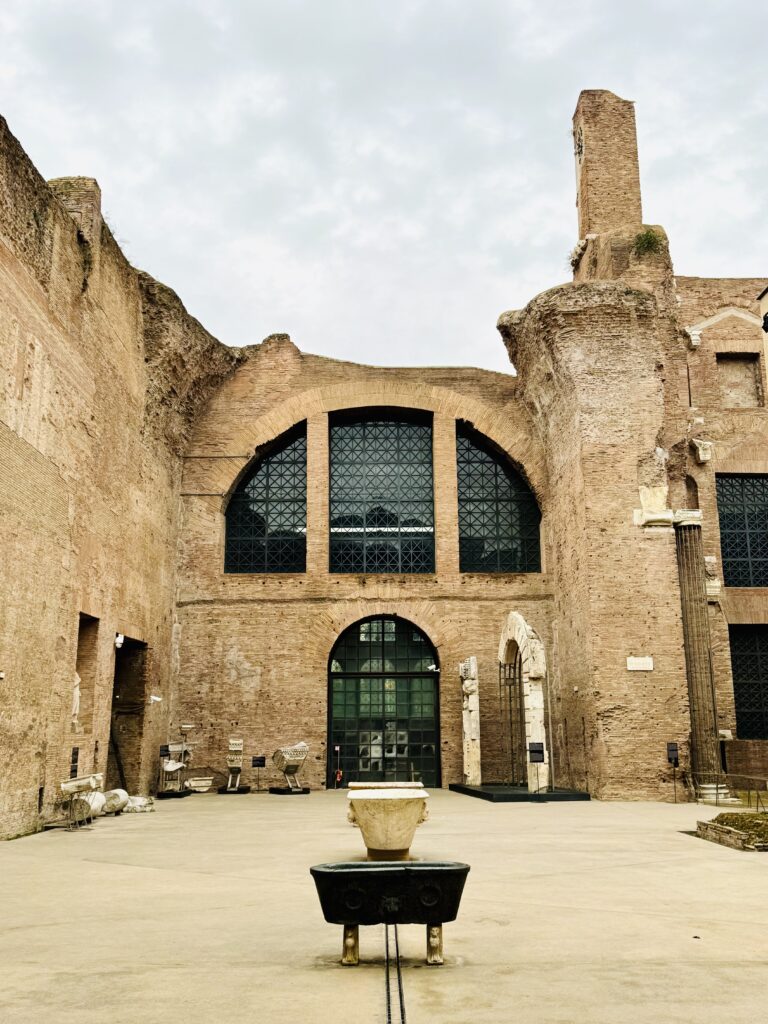
What Were Diocletian Baths?
Emperor Maximian, Diocletian’s co-emperor, was the driving force behind the construction of the baths. They were built to flaunt the empire’s might and wealth, and were completed in a speedy eight years.
Designed on a monumental scale, the baths featured towering walls and expansive vaults, with the use of concrete enabling vast, airy interiors.
Luxury was at the forefront, with marble-lined walls and floors, intricate mosaics, and vibrant frescoes adorning the complex.
Engineering prowess was equally evident. The baths boasted a cutting-edge hypocaust system that heated the floors and walls of the hot rooms. A sophisticated network of aqueducts and lead pipes ensured a steady flow and drainage of water.
According to the Roman bathing ritual, patrons progressed through the frigidarium (cold bath), tepidarium (warm bath), caldarium (hot bath), and the natatio (swimming pool).
These were complemented by saunas, oiling rooms, changing rooms, and exercise areas.
Beyond bathing, the complex served as a center for leisure and learning. It boasted art galleries, gardens, libraries, lecture halls, brothels, and gymnasiums.
The baths were in use until the 6th century. But then barbarians cut off the aqueducts. Thereafter, the baths were abandoned and looted.
After almost 1,000 years, in 1561, Pope Pius decided to build a basilica in the internal baths area, with a Charterhouse attached. Michelangelo was commissioned to design the church.
He used both the frigidarium and tepidarium areas without altering the original structures. He also designed the main cloister.
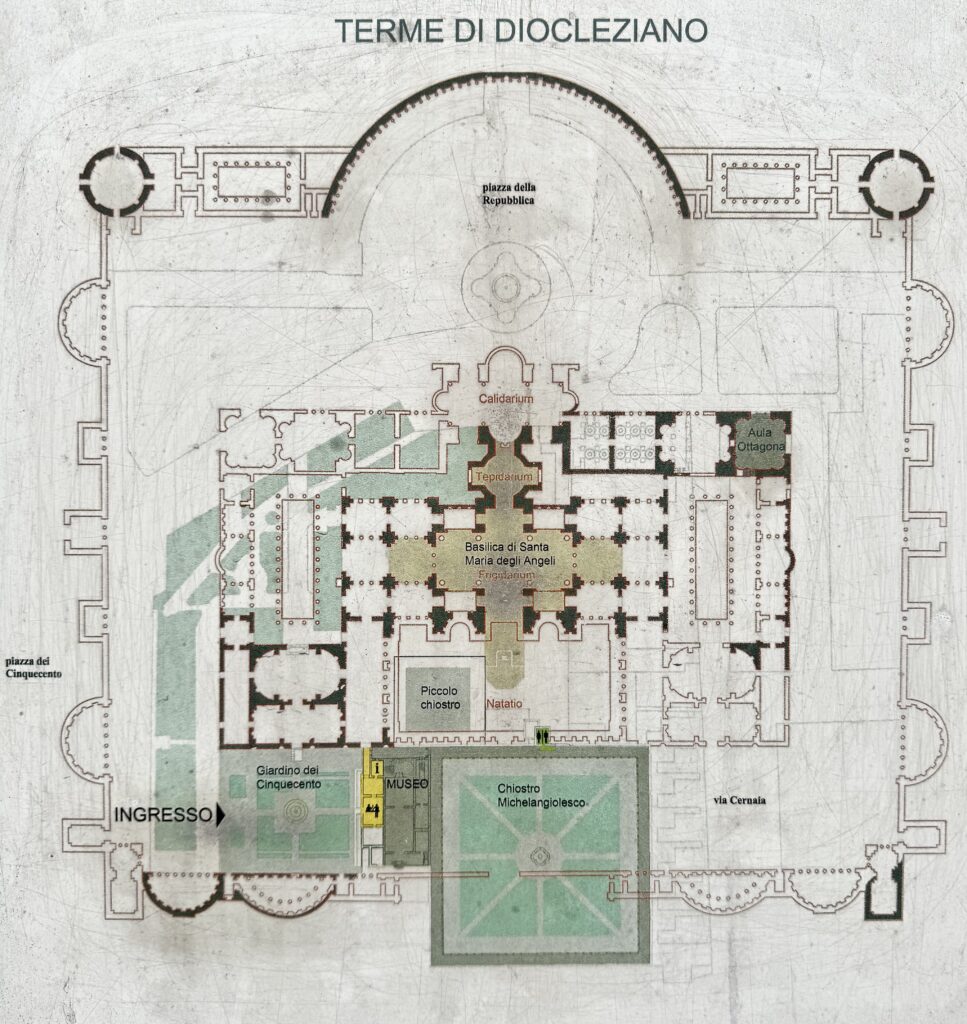
Guide To Diocletian’s Baths: What To See Today
Museum of the Baths
Today, the ancient bath complex houses the National Museum of Rome.
It displays artifacts from ancient Rome, including sculptures, tombs, frescoes, and mosaics that were excavated. The most ornate decoration was pillaged along ago.
Much of the original bath complex is not intact. What’s left is mostly brick and concrete.
But you can wander through the the great halls (Hall VIII, Hall IX, and Hall X) and can still get a sense of the grand scale and layout.
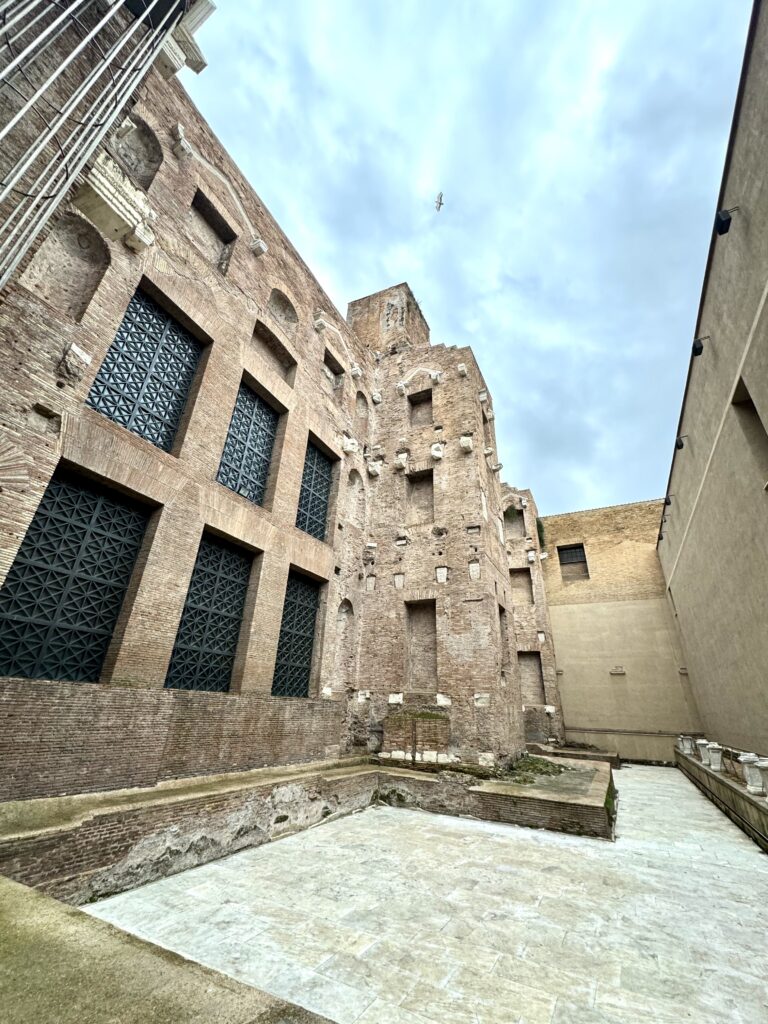
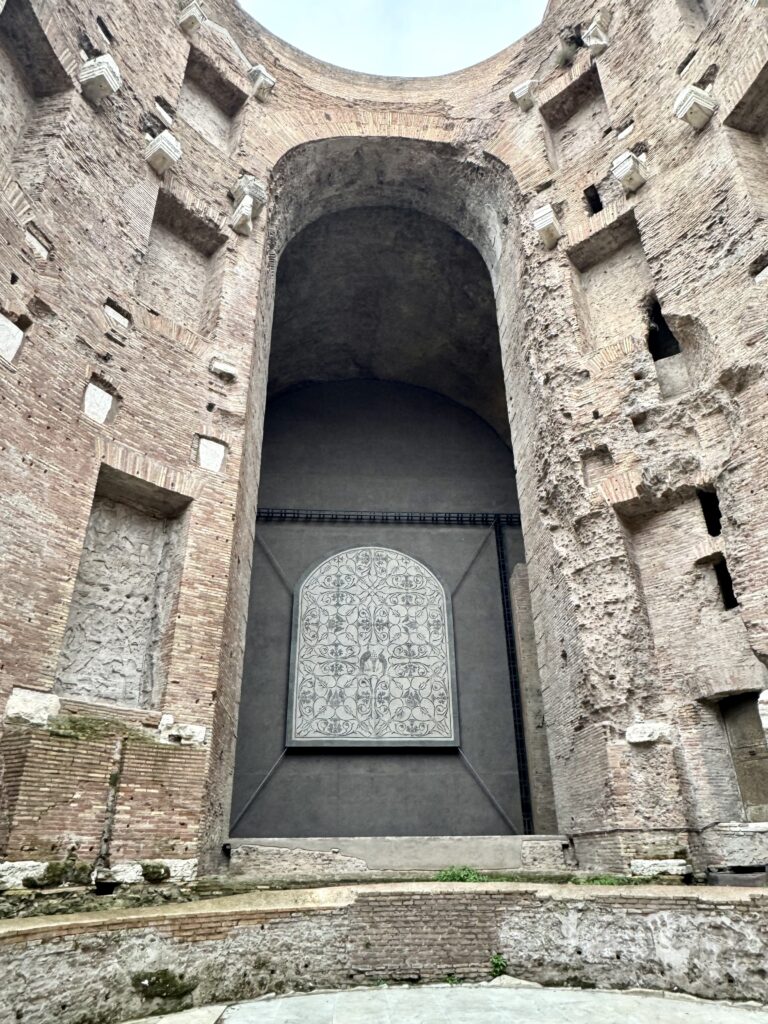
You can also see remnants of the natatio.
This was an outdoor swimming pool that was an impressive 43,056 square feet, approximately three times the size of a modern Olympic pool.
The pool had polychrome marble and mosaic walls and flooring. You can see four colossal recesses, two rectangular and two semicircular.
The front was once composed of columns that framed niches with statues. Today, the facade is part of the apse of Sant Maria degli Angeli.
In this area, you can also see the ruins of the 16th century Charterhouse Gateway. It’s a monumental portal made of marble and travertine rusticated ashlars. They were made by repurposing parts of the baths.
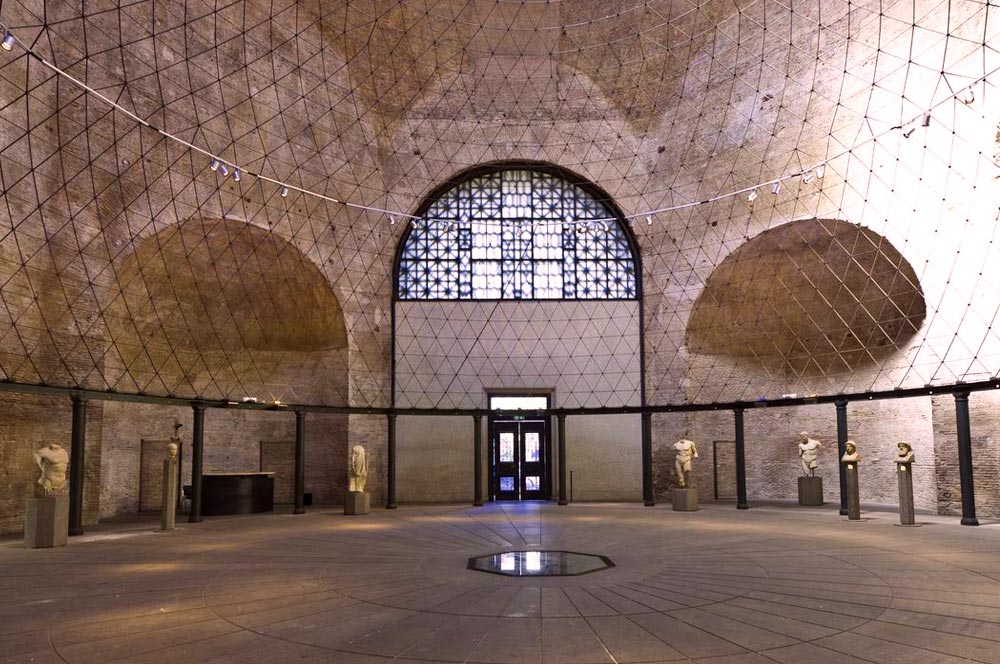
Octagonal Hall
The Octagonal Hall is part of the ancient bath complex, located in the western corner of the central bath block.
It probably served as a secondary frigidarium. And it’s also known as the planetarium.
The hall is one of the best-preserved sections of the baths and gives a good impression of the original grandeur and architectural style.
As the name suggests, the hall has an octagonal shape. The massive dome has eight ribs. The steel mesh frame is all the remains of the geodesic dome once suspended the planetarium’s projection screen.
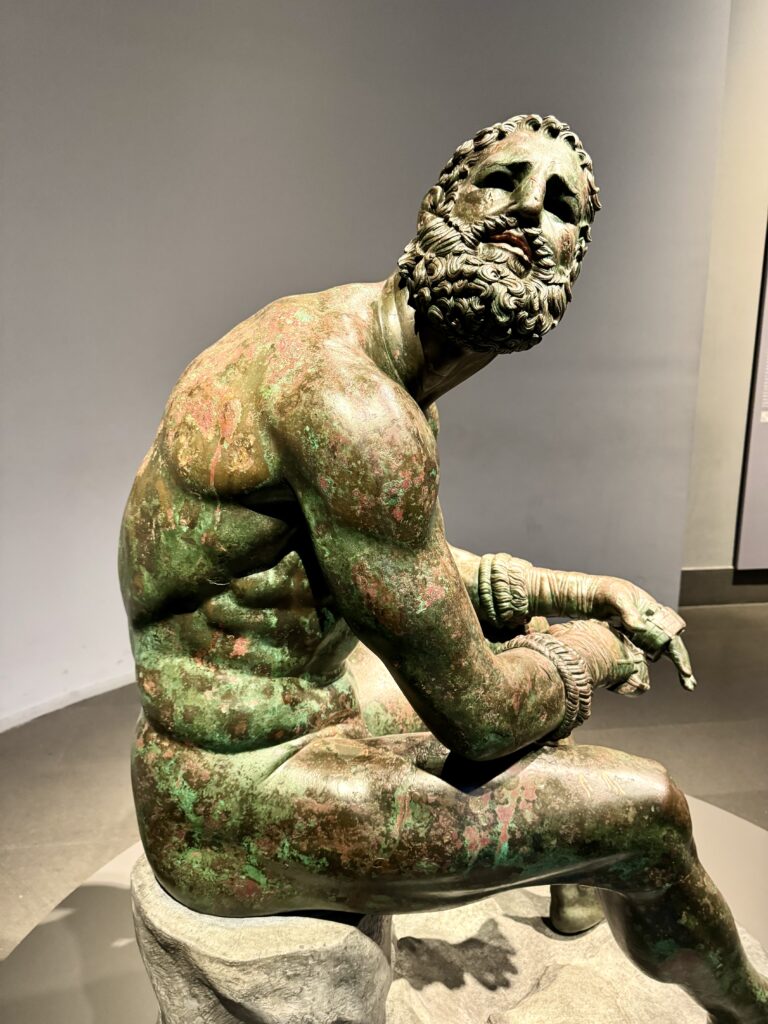
Statues are displayed along the walls, depicting athletes and heroes from Greek mythology. There are copies of two famous Greek statues now in Palazzo Massimo, the Boxer at Rest and Hellenistic Prince.
Excavations have discovered storage rooms underneath the hall. Glass walkways allow visitors to see the underlying stuctures.
Tip: This room may be closed to the public unless it’s hosting a special exhibition.
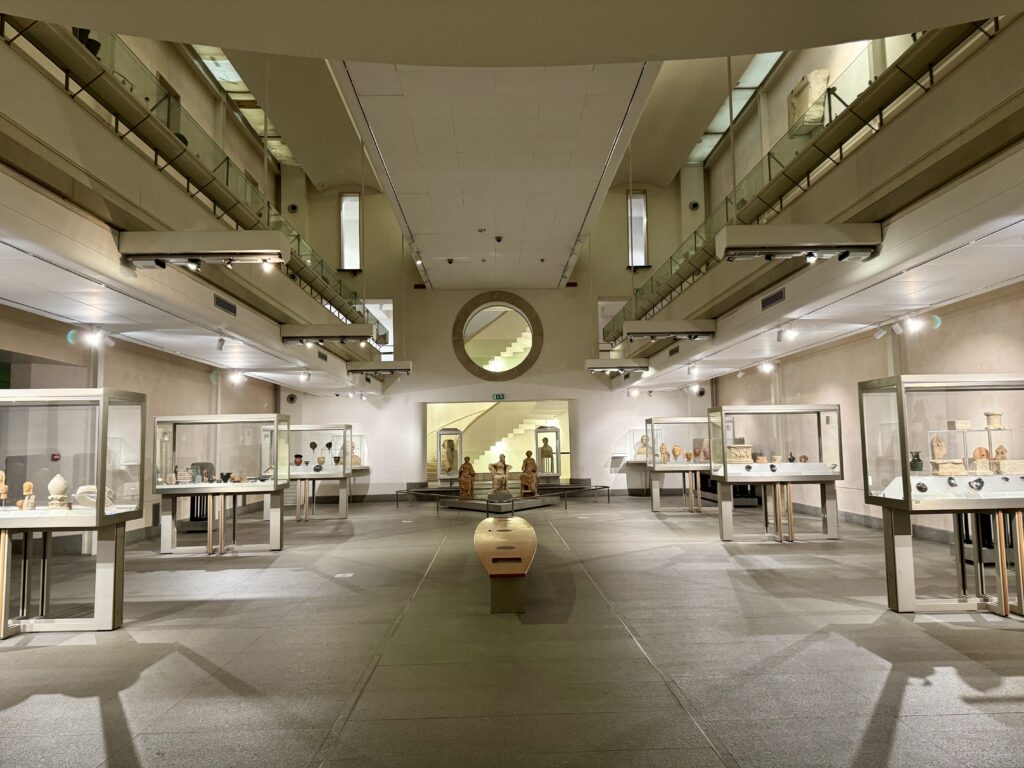
Epigraphic Museum
The Epigraphic Museum is the city’s museum of written communication in the Roman world.
You’ll find over 10,000 inscriptions on everything — funerary monuments, pottery, carved reliefs, statuary, frescos, and Mithraic plaques.
People from all walks of life wrote the inscriptions, from slave to emperor. They recount aspects of Roman civilization and give you a sense of the daily life of Romans.
The museum is a bit esoteric, and may not interest the more casual ruin luster.
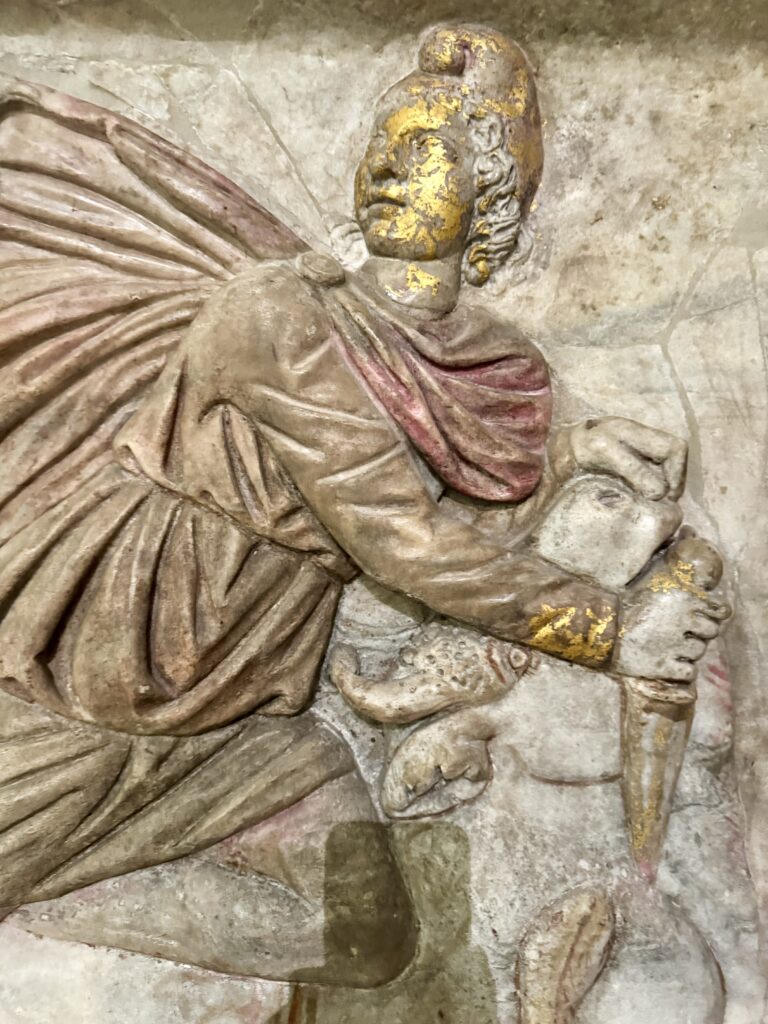
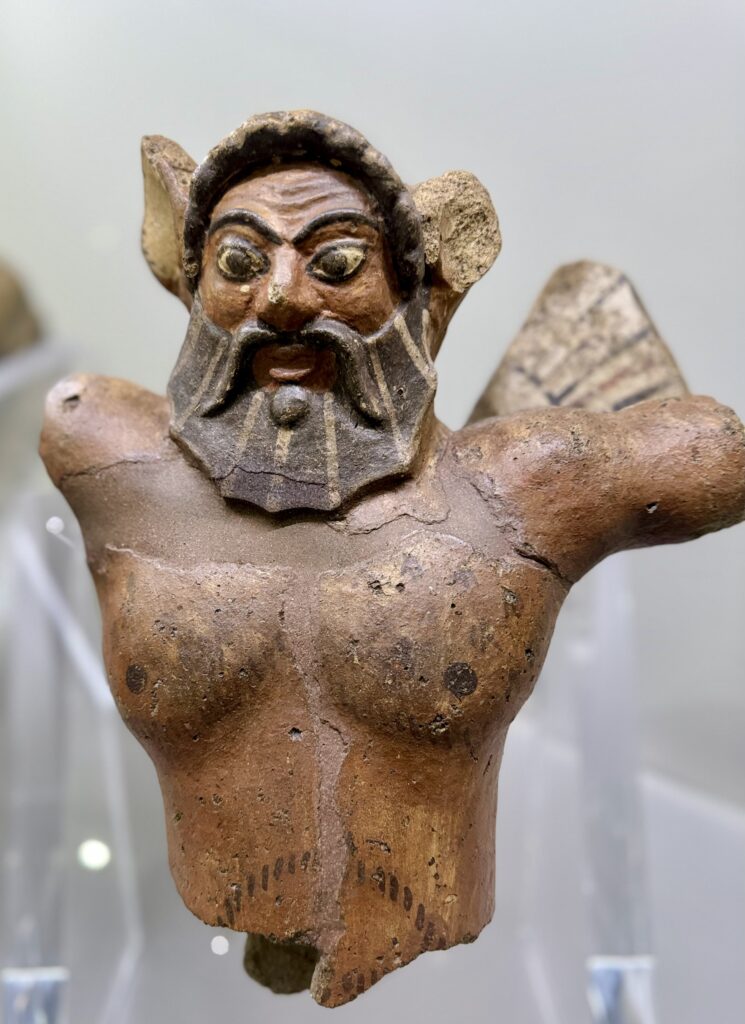
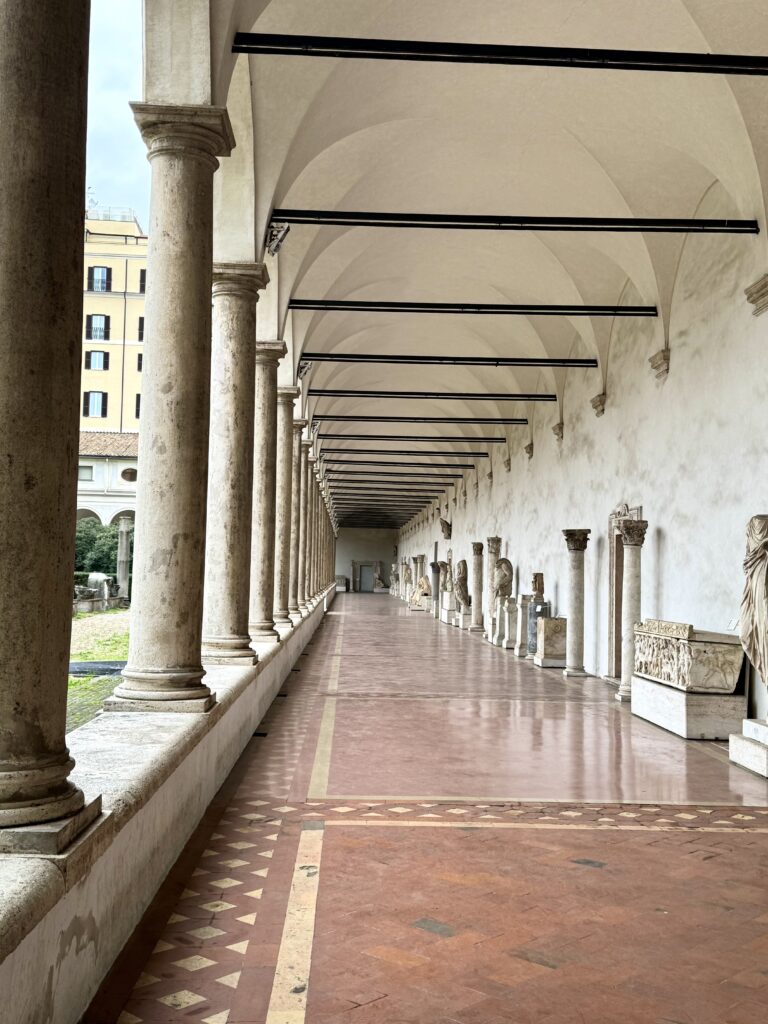
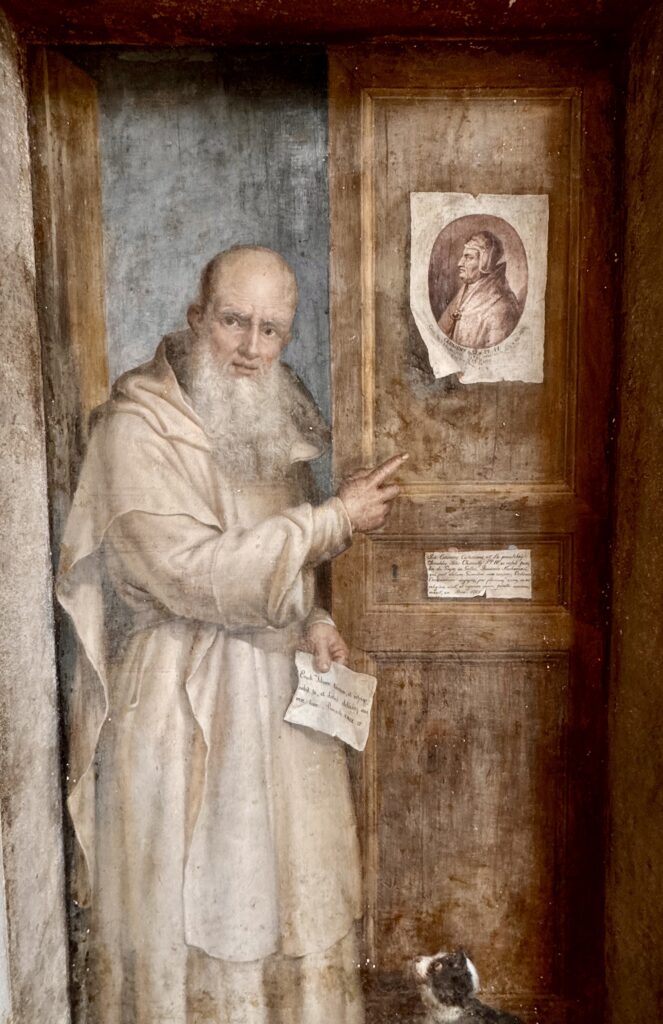
Michelangelo’s Cloister
The 16th century cloister at the Carthusian monastery is a true gem, often attributed to the legendary Michelangelo.
Its serene beauty and the harmonious proportions will enchant you. Construction began in 1656 and wrapped up by the end of the 17th century.
True to the design of most charterhouse cloisters, it features a square layout.
Graceful columns support an arcade, crowned with arches that elegantly frame the walkway encircling the courtyard.
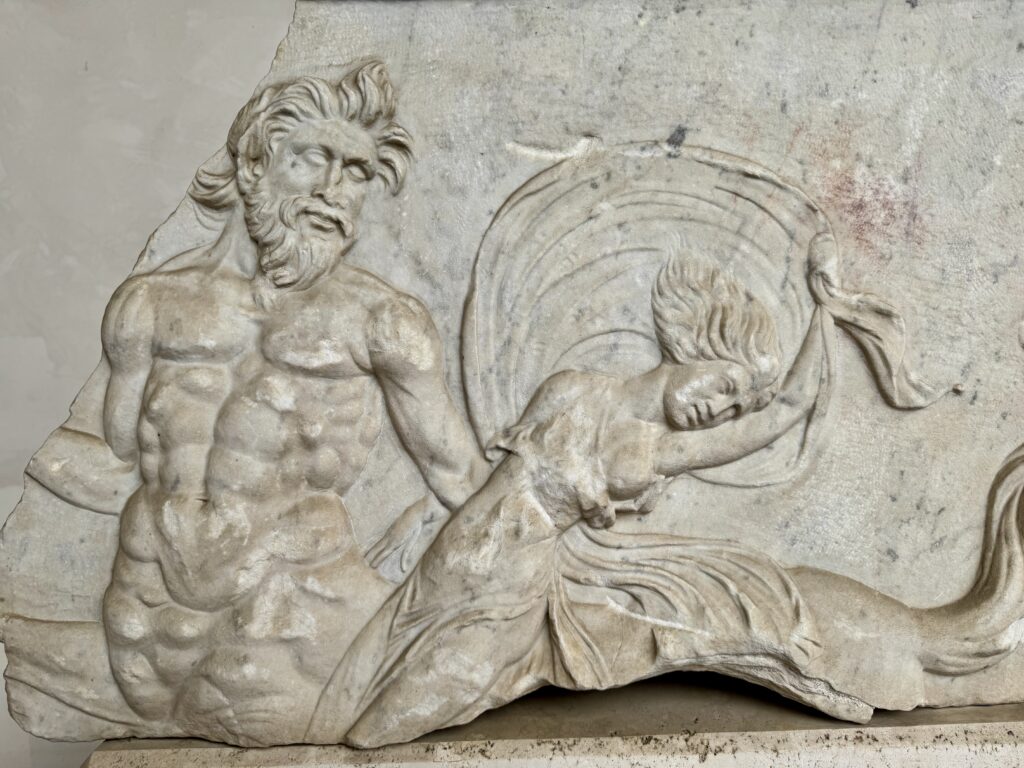
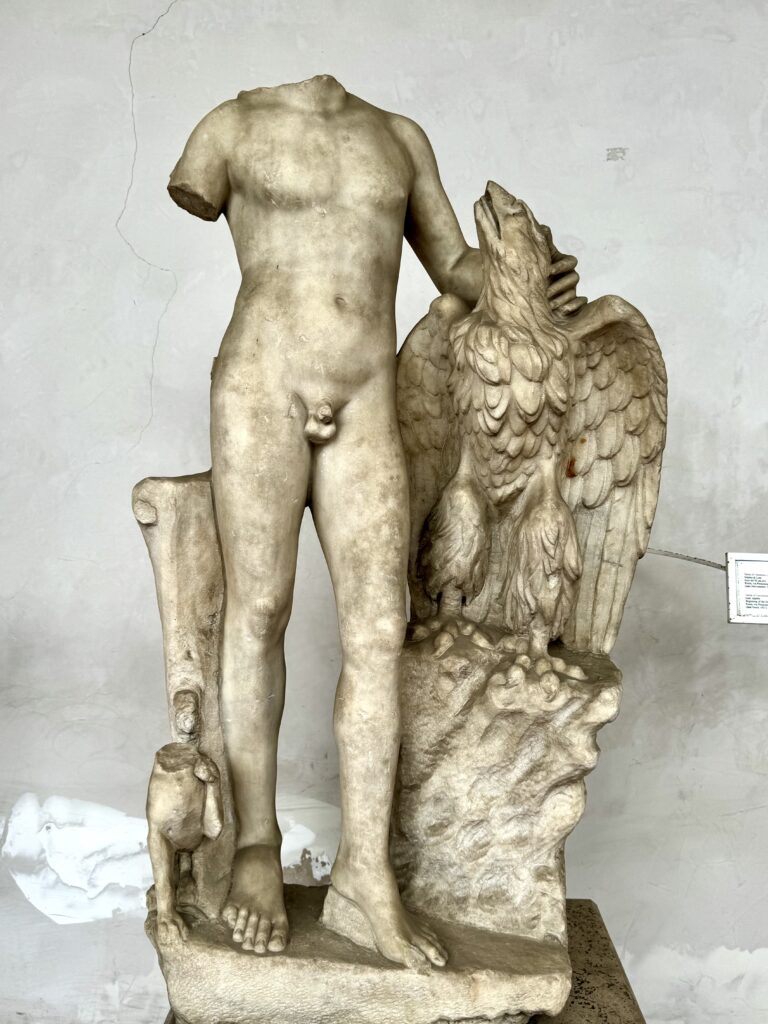
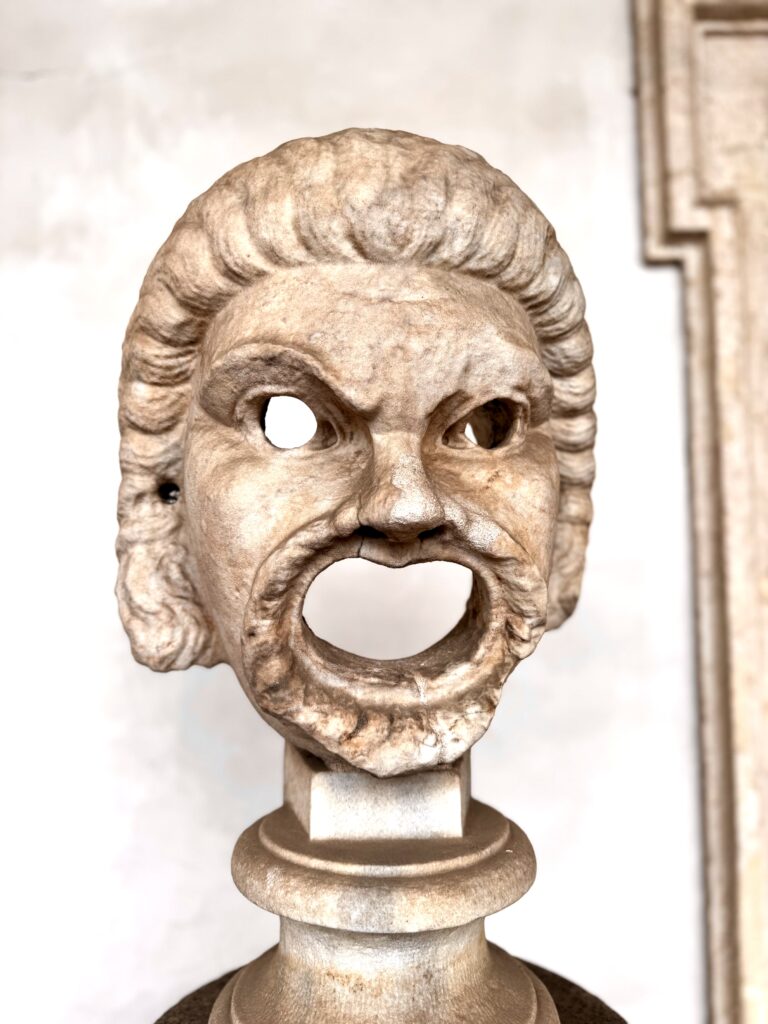
The corridors around this cloister were once (and still are really) a treasure trove of ancient art, effectively a museum in their own right.
But the collection was so vast that it couldn’t be contained in a single location.
As a result, the most important pieces of statuary were relocated to Palazzo Massimo and Palazzo Altemps, which are also integral parts of the National Museum of Rome.
Still, you will see some truly old pieces — reliefs, busts, and statues from the 1st to 3rd centuries.
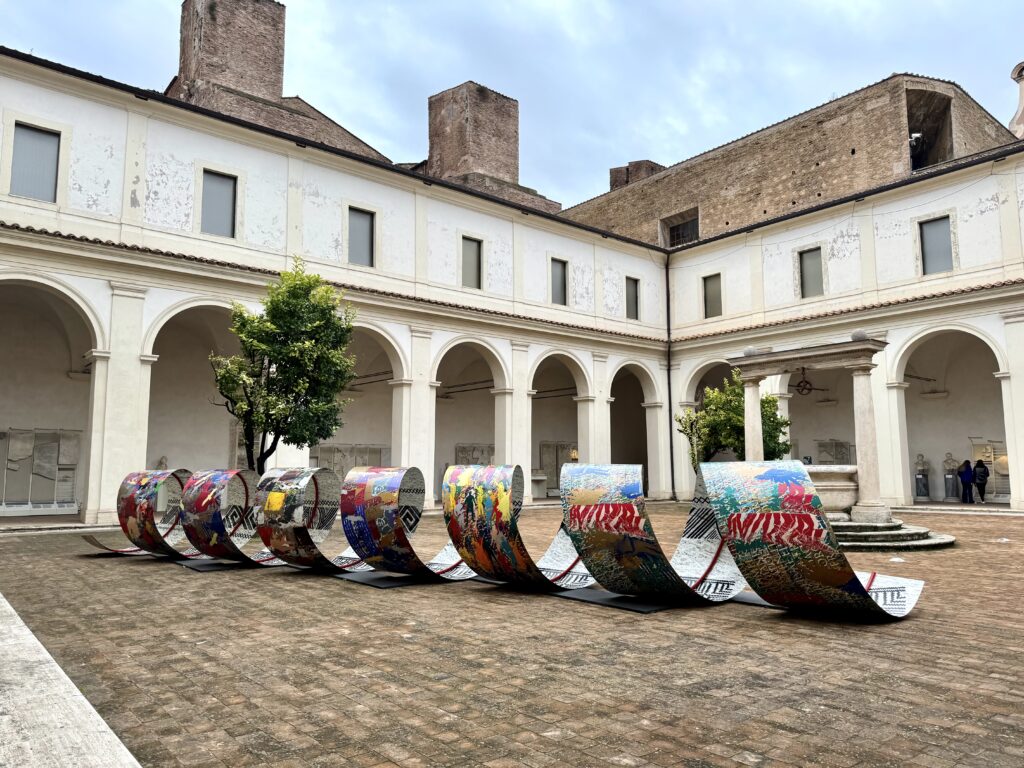
Small Cloister
The Small Cloister is part of the Charterhouse (Certosa). It was established in the 16th century within the structure of the baths.
The entire complex underwent significant transformation during this period, with the cloisters being added to serve the Carthusian monastery founded by Pope Pius IV.
It features a more intimate setting, with a courtyard surrounded by arcades, providing a space for contemplation and monastic life.
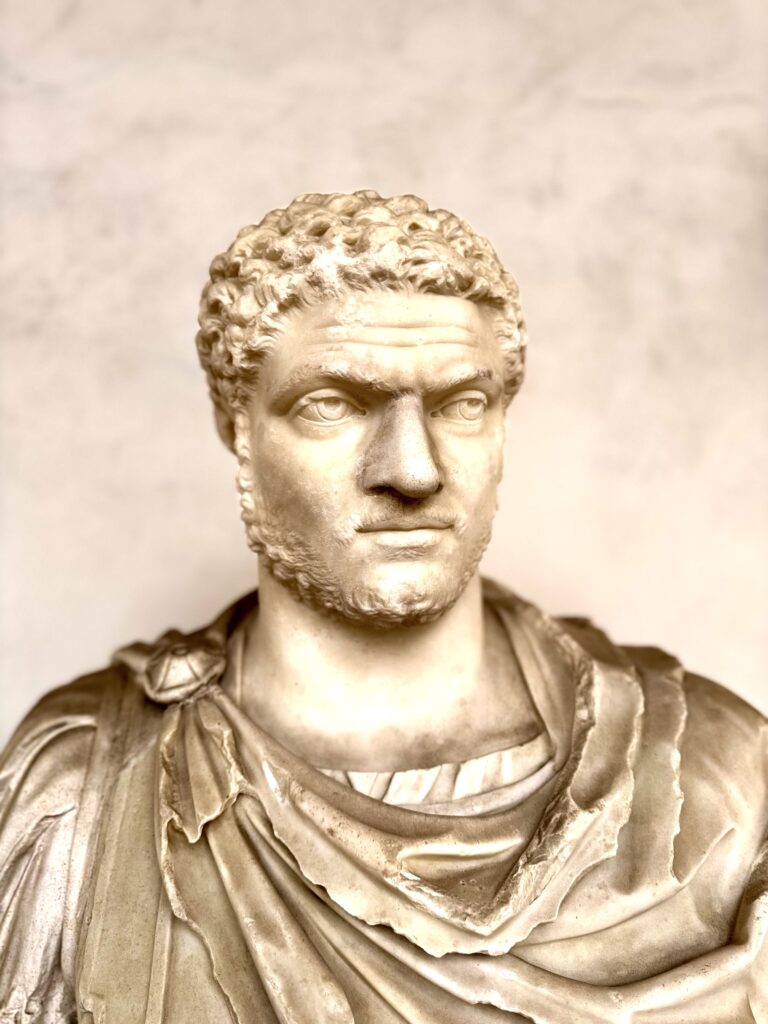
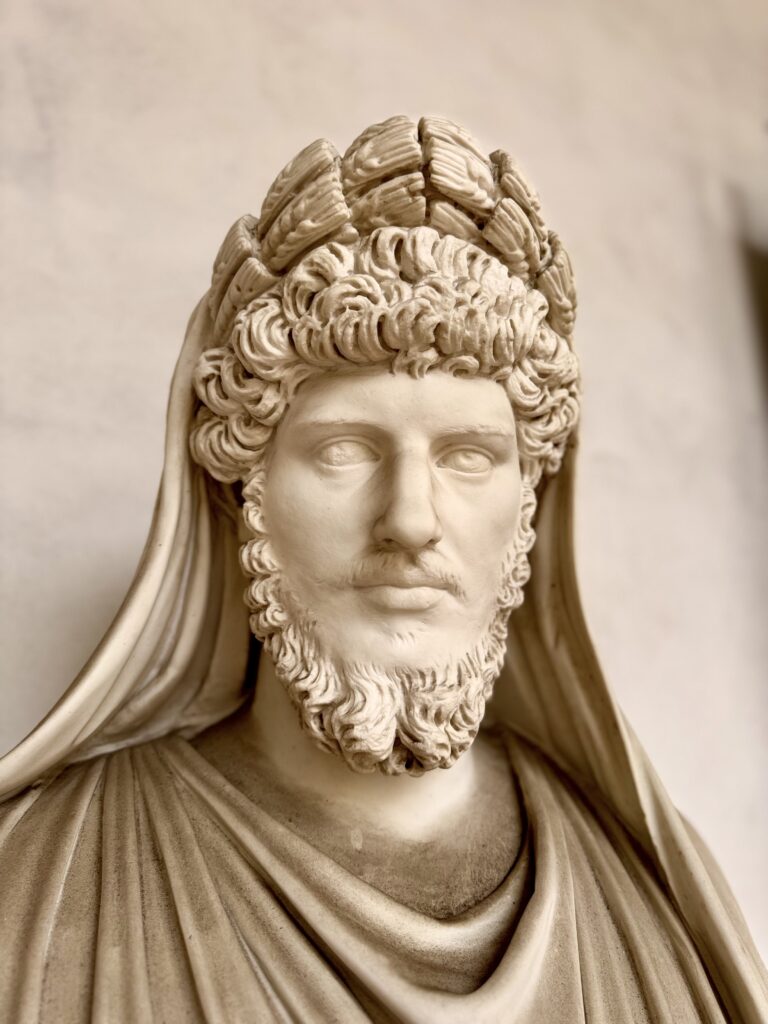
The small cloister used to be home to the Ludovisi Collection of marble reliefs and sculptures. But those were moved to the Palazzo Altemps in 1997.
The cloister is fully restored and there are still Roman statues on display, as well as a contemporary art installation.
Temporary Exhibitions
The museum also hosts some standout temporary exhibitions. When I last visited, there was an excellent and well-presented exhibit on ancient Dacia, an imperial province bordering the empire.
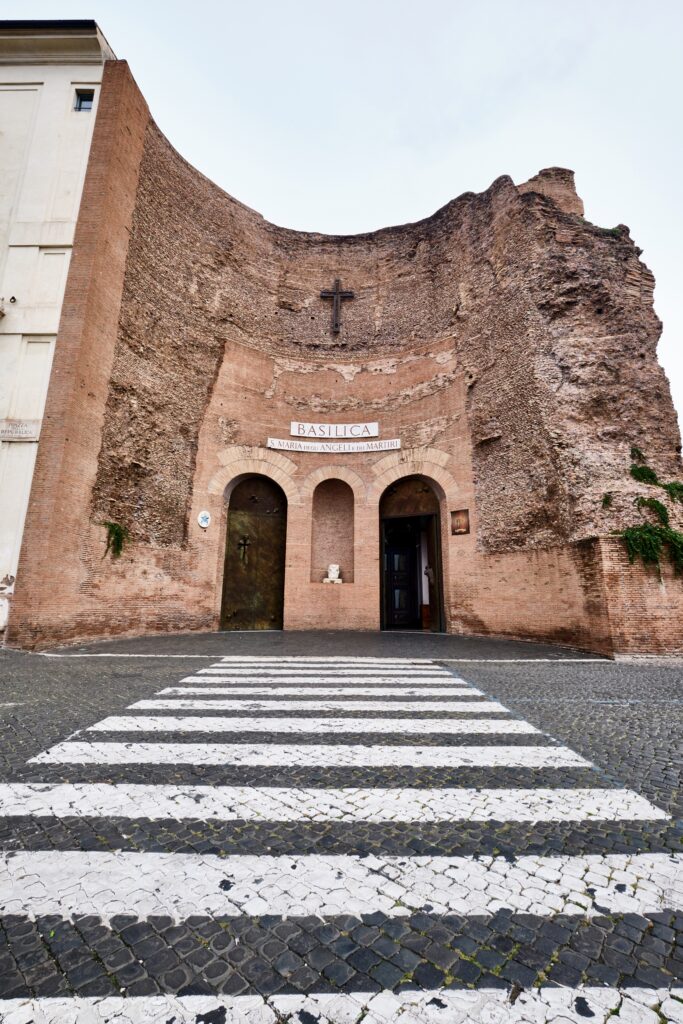
Church of Santa Maria degli Angeli e dei Martiri
In 1561, Pope Pius IV hired an 86-year-old Michelangelo to create a church within the bath’s frigidarium and tepidarium. This project would become the artist’s final masterpiece, and it’s a brilliant example of how to repurpose ancient ruins.
This church is one of the only Renaissance style churches in Rome. Michelangelo opted for a modest facade, highlighted by bronze doors.
Once inside, visitors find themselves in what used to be the main hall of the baths, now the lavish nave of the church. It’s home to eight majestic red granite columns, each 45 feet tall.
Some are original Roman pillars. Others are meticulous reproductions.
The interior is a visual feast, housing an array of art, magnificent tombs, chapels, and sacred relics, making it a must-see for anyone appreciating historical and architectural marvels.
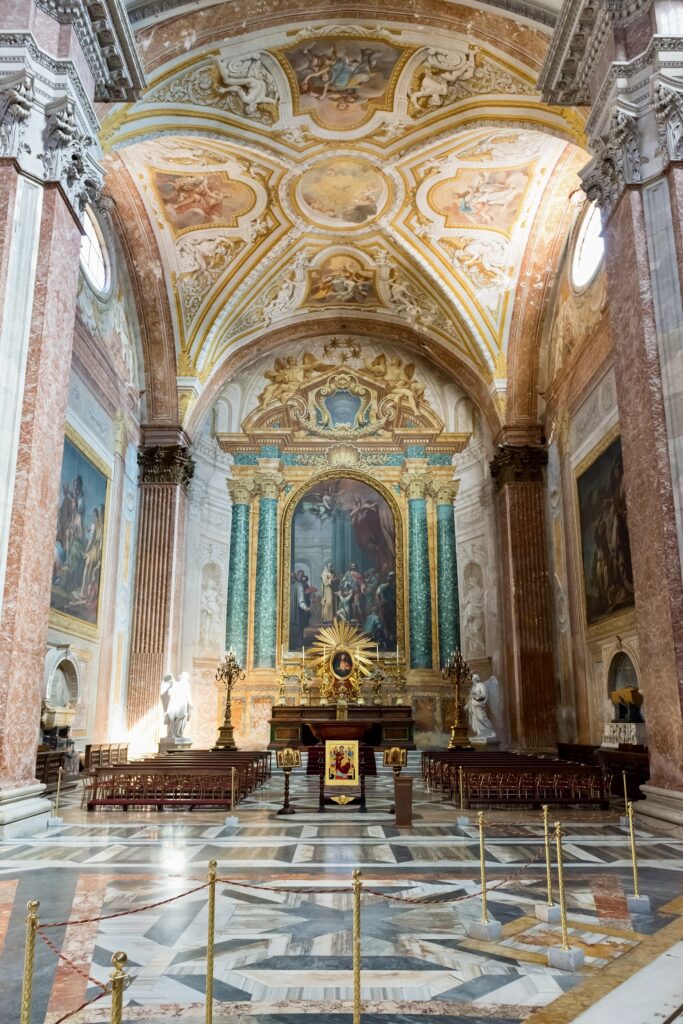
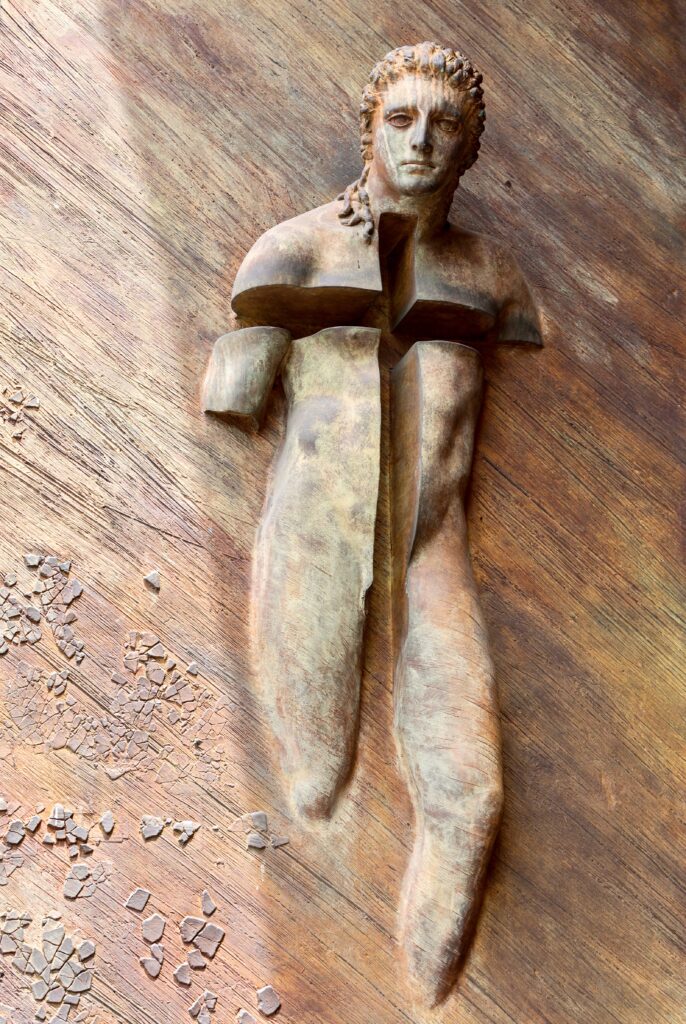
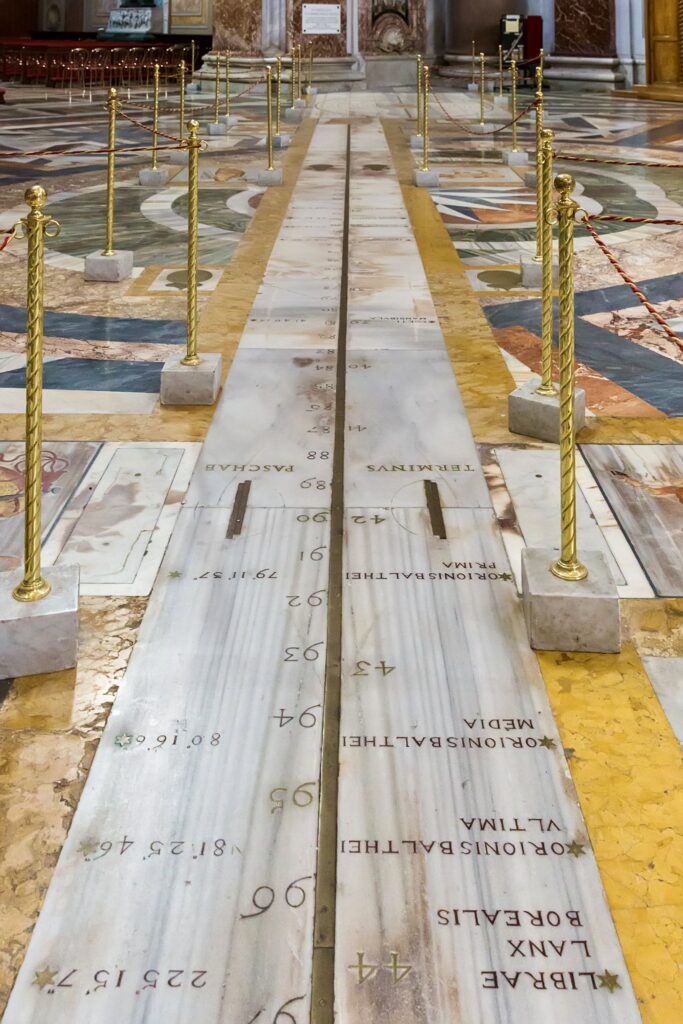
The church also houses Rome’s Meridian line. The astronomer Francesco Bianchini created it and embedded into the floor of the right transept.
Romans relied on the meridian line for setting their clocks until 1846. A strategically placed opening in the roof aligns sunlight with the line at precisely noon.
Like the Pantheon on which it was modeled, the dome is coffered and has an oculus (though it’s not open).
In the 18th century, architect Luigi Vanvitelli changed the axis of the church. He created a new high altar near the entrance and transformed the nave into an oversize transept.
Tip: The church has a separate entrance from the baths on the Piazza della Repubblica. It’s free to visit.
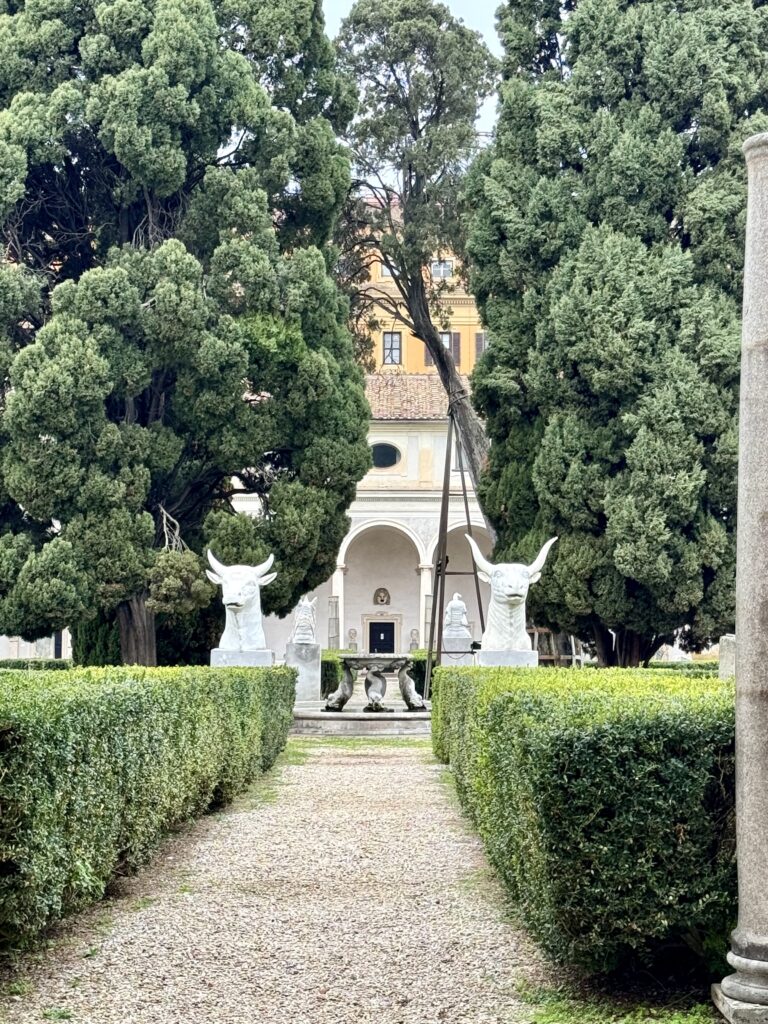
Practical Guide & Tips For Diocletian’s Baths
Address: Viale Eric de Nicola 79. The baths are close to Rome Termini train station and you can get there on Metro line A and B.
Hours: Open daily 9:00 am to 7:30 pm, closed Mondays. Ticket office closes at 6:00 pm.
Tickets: 13 euros, free under 18 with ID. The museum is free to visit with the Roma Pass. You can also buy a combined ticket that gives you entry to all four National Roman Museum sites.
Pro Tips: Logically, you may want to visit the church first since it comprised the main hall of the baths.
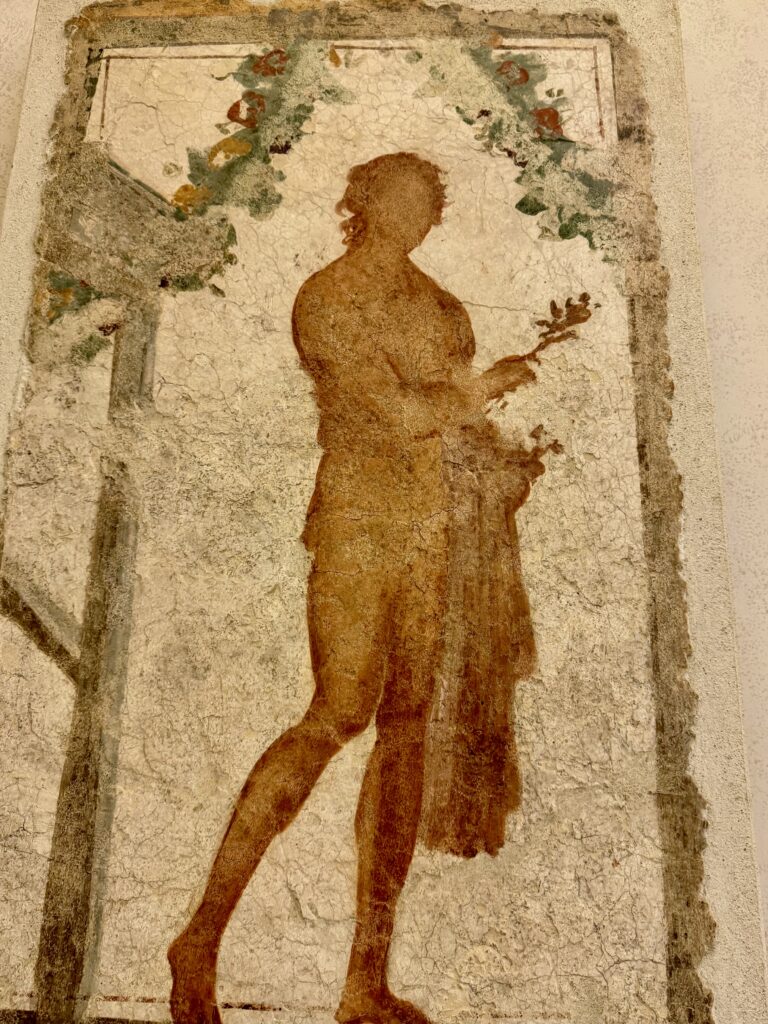
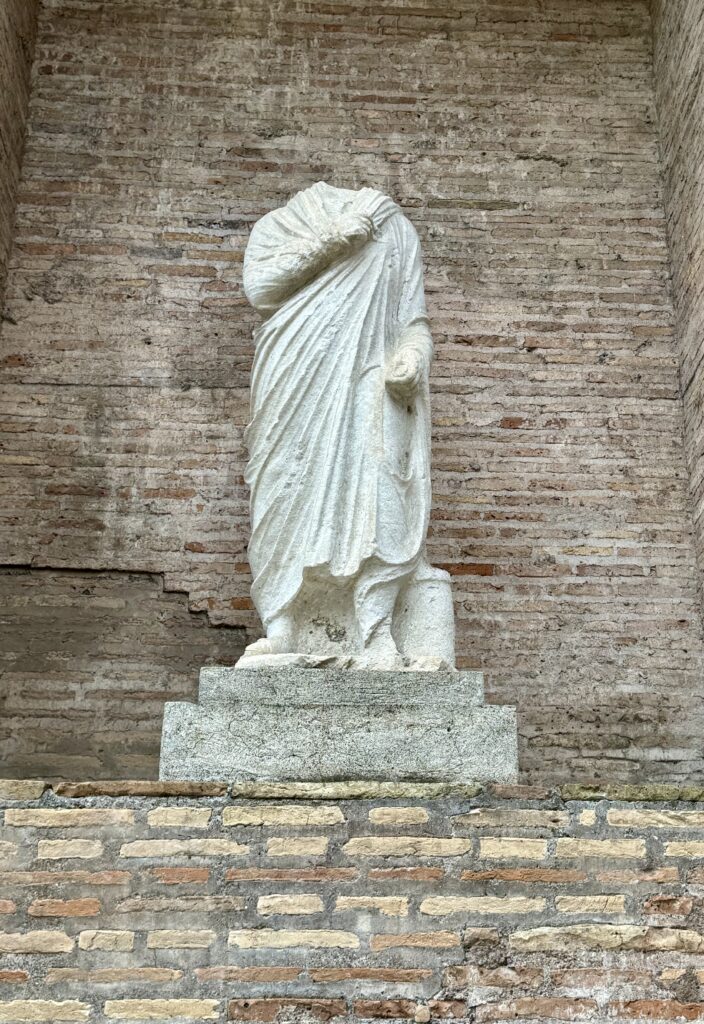
Are Diocletian’s Baths Worth Visiting?
I have to say, Diocletian’s Baths aren’t at the top of my list when it comes to Roman ruins in the city. The Baths of Caracalla are a probably a superior experience in terms of bathing ruins.
However, the museum does hold a wealth of artifacts and sculptures that are certainly worth checking out for those interested.
That said, I’m a bit on the fence about whether these alone justify the entrance fee. For those watching their budget, opting for a free visit to Santa Maria degli Angeli might be a better choice.
On the flip side, the museum offers a more peaceful experience away from the crowds. Plus, you’ll get the chance to see the cloister designed by Michelangelo.
If you’ve got the Roma Pass or a combo ticket in hand, then dropping by becomes a lot more appealing.
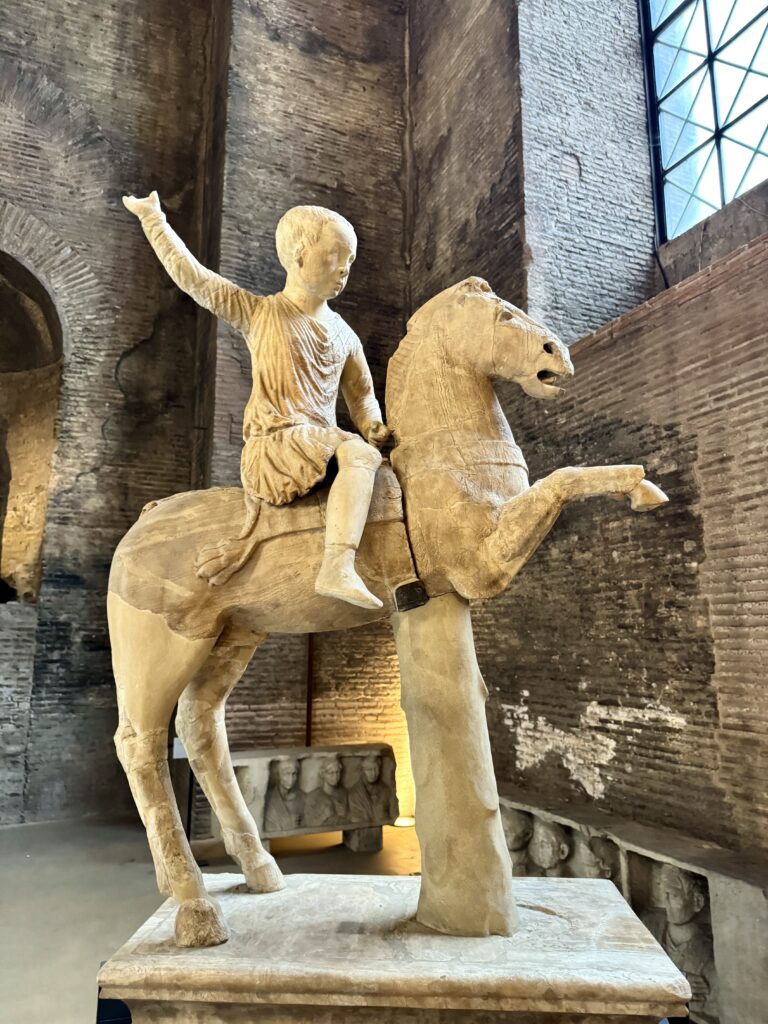
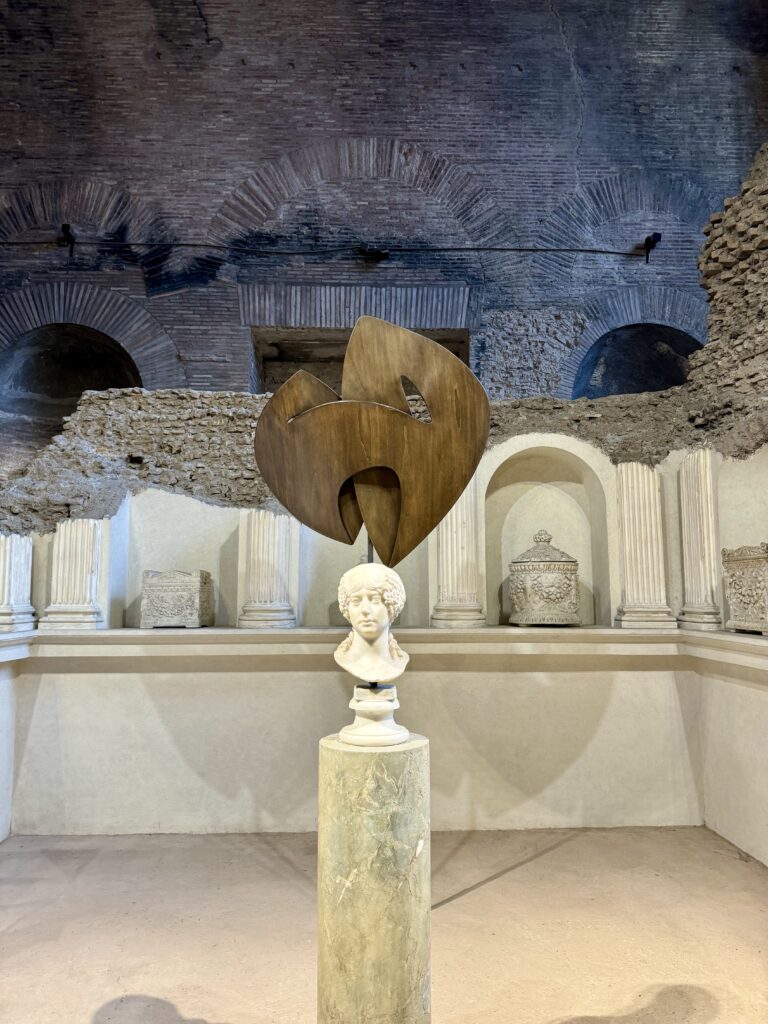
Nearby Attractions:
The baths are directly across from the mind boggling Palazzo Massimo, which houses one of the greatest ancient art collections in Rome.
They are also close to the Church of Santa Maria della Vittoria. This church houses one of Bernini’s best known sculptures, the swooning St. Teresa in Ecstasy.
I hope you’ve enjoyed my guide to Diocletian’s Baths. You may find these other Rome travel guides useful:
- 8 Ways To Spend 1 days in Rome
- 2 Days in Rome Itinerary
- 4 Days in Rome Itinerary
- 5 Days in Rome Itinerary
- Hidden Gems in Rome
- Best Day Trips From Rome
- Rome’s Palace Museums
- Best Museums in Rome
- Must See Archaeological Sites
Pin it for later.

